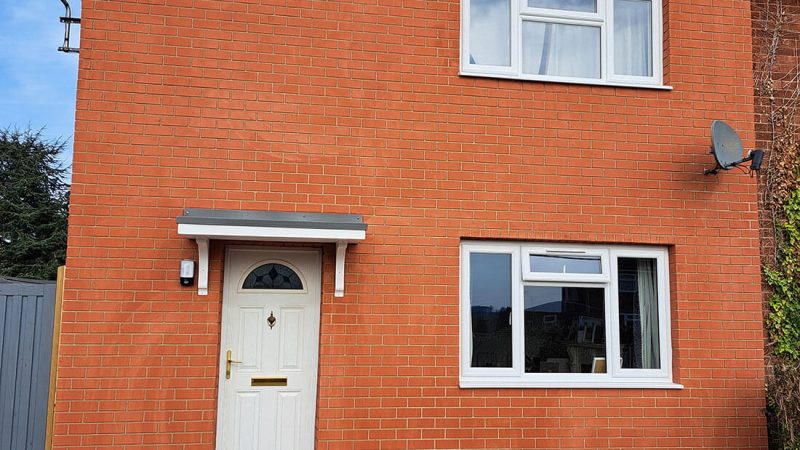ForgeFix: fixing solutions to maximise energy efficiency
With an ongoing drive to maximise the energy efficiency of both new and existing properties alike, Tony Armitt, Commercial & Technical Director at ForgeFix, discusses the importance of educating customers on the changing insulation regulations and the solutions which can ensure compliance.

For the past couple of decades, the UK government has introduced various schemes and initiatives to make both new homes and older houses more energy efficient. The likes of the Green Homes Scheme, The Great British Insulation Scheme (GBIS) and Energy Company Obligation have encouraged homeowners and landlords to work on making homes more energy efficient.
Similarly, when it comes to new builds, the Future Homes and Buildings Standard, introduced in 2021, has laid out new regulations that mean new build homes built from 2025 must produce 75-80% less carbon emissions. With this in mind, builders and contractors have to make sure that they have the correct and best quality materials for the job.
The government recently introduced new building regulations to reduce the amount of wasted energy in homes. As part of these regulations, insulation thickness has increased to reduce the U-Value of homes.
A U-Value measures how well parts of a building transfers heat and is a measure of heat loss in the building in areas such as a wall, roof or floor. In layman’s terms, the lower the U-Value, the better insulated the home.
The new regulations have had their biggest impact in loft and roofing insulation. Loft insulation is now required to be 270mm for example, whilst floor insulation should be 150mm, pitched roofs 170mm and, between rafters, 100mm board insulation is needed. Flat roofs should be 150mm and this can be laid over the deck or 100mm over the deck and 50mm between the roof joists.
These changes have had a significant impact on the designs of rooms as well as the materials needed to construct them.

Troy Moscato is a Scottish author, poet, and former journalist based in Edinburgh. He has published two collections of poetry inspired by the natural landscapes of Scotland. Previously, he worked as a freelance journalist for local publications and spent a few years as a writer-in-residence, conducting workshops on creative writing.





